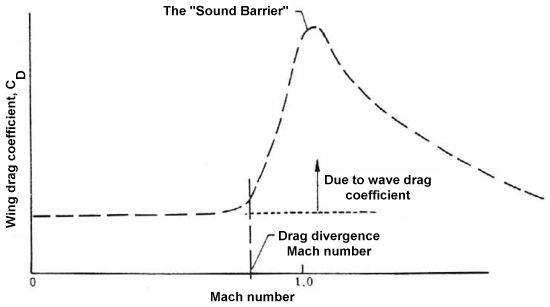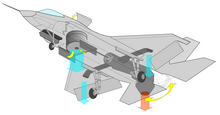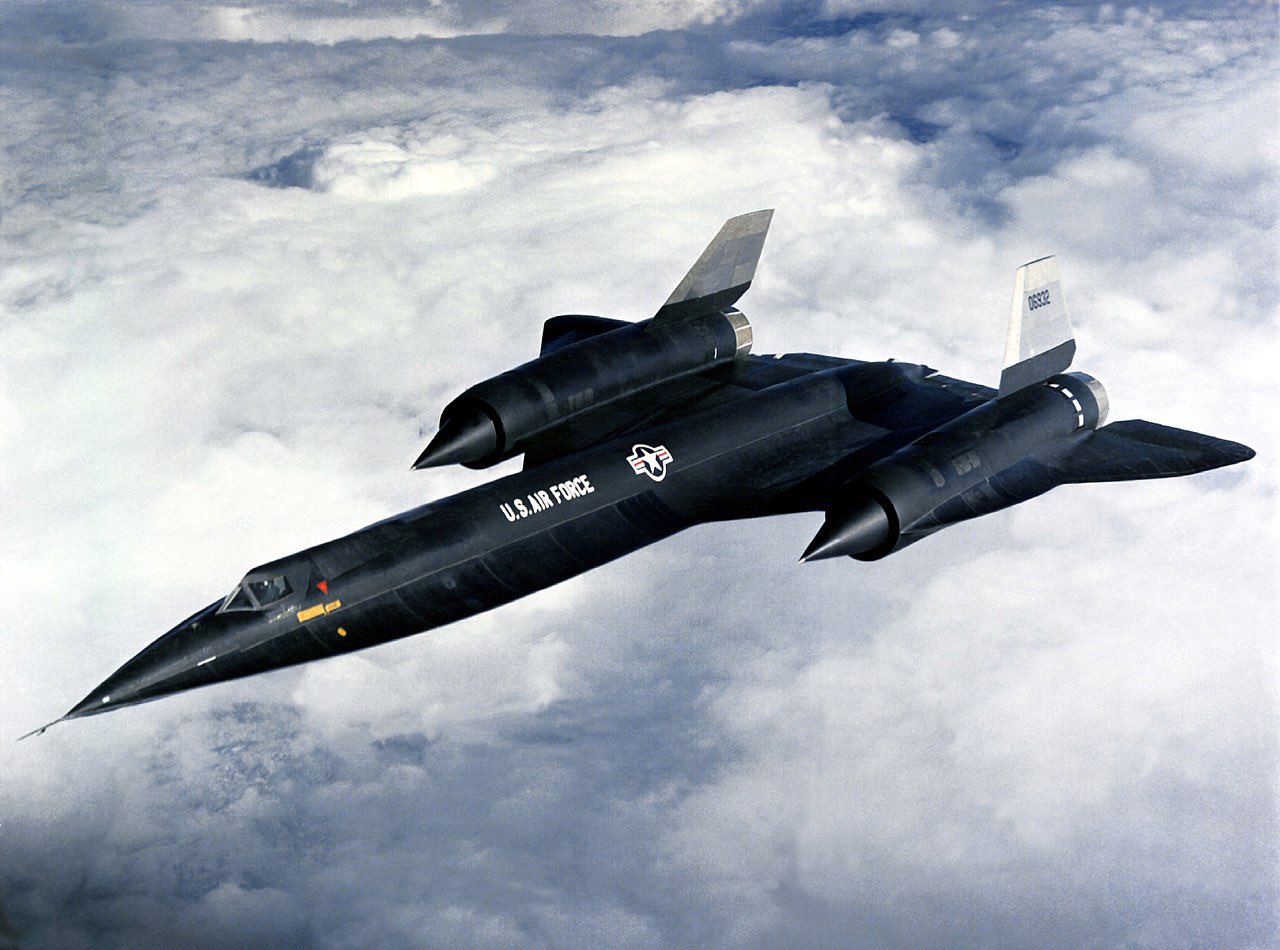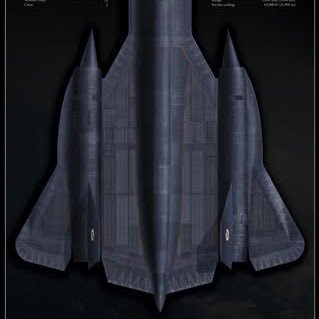Musk has already stated that Tesla would not build the plane. Which is understandable. I'm sure he'd much rather have it as part of a private company rather than a public one.
Tesla's really not a leader in density. The emerging solid state producers are going to dominate that. Tesla is about getting $/kWh down. For electric aircraft, you can afford to pay more, but you have to have extreme density in order to be able to reach your cruising altitude / velocity with enough energy left to actually cruise. And for electric aircraft, both the optimal altitude and velocity are very high.
Having actually done a number of calcs on this, I know exactly where Musk is going. VTOL lets you minimize your wing area / wetted area and optimize your wing shape for very high speed travel, and electric motors/batteries have ample power for rapid climbing / acceleration. Without VTOL, you have to have enough wing area for low velocity lift. Density drops off rapidly at high altitudes. Note how climbing just 50% higher than a typical cruising altitude (10 km / 32800 feet) halves the density:
And it just keeps declining like that. Also: the higher the cruising velocity, the more passenger miles you can get out of the aircraft per day, which is key in terms of profitability.
Fuel-propelled aircraft are limited in altitude and velocity by their ability to provide sufficient oxygen, challenges with preventing flameout, and at very high speeds, "frozen" reactions (combustion doesn't have time to complete before the fuel-air mixture leaves the engine). Electric aircraft aren't limited suchly. So you just keep climbing and accelerating, and your ability to cover distance for a given amount of energy keeps rising. Once you go supersonic, drag starts falling, and keeps falling up to hypersonic speeds (although it never gets as low as subsonic... but it's a
lot less than the transsonic regime).
In short, small increases in energy density will make large - and in fact, increasingly large - differences in electric aircraft range.







